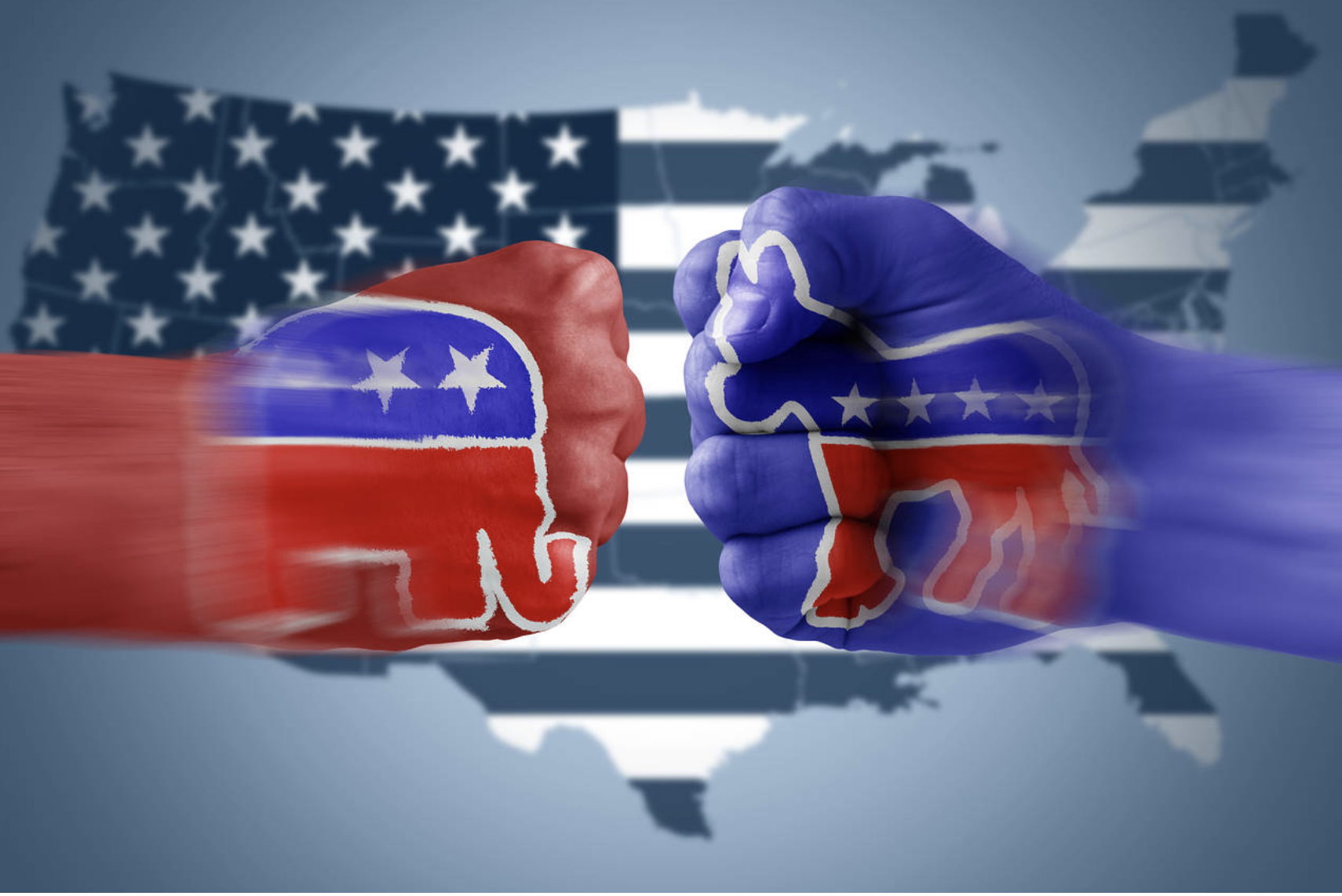Kerby Anderson
At this point in the election season, it is difficult to predict what will happen once the votes are counted in November. The president could be reelected or defeated. Republicans might win back the House and keep the Senate. Or the opposite could occur.
It is likely that we will once again have a divided government like what we currently have. That will mean very little will get done legislatively. But it is worth explaining to the younger generation, that was not always the case.
Scott Morefield reminds us that President Richard Nixon appointed four somewhat conservative Supreme Court justices and 231 federal judges even though his party did not control either the House or Senate. President Ronald Reagan was able to get his signature Economic Recovery Tax Act of 1981 passed both by the Senate and a Democratic House controlled by Speaker Tip O’Neill. In fact, the two worked on other bipartisan bills.
Bipartisanship also worked the other way. Democrat President Bill Clinton reformed the welfare system with Republican help in the House. President George W. Bush and President Barack Obama each got two Supreme Court justices confirmed with bipartisan support and only a little opposition. And President Obama worked with Republicans to make the Bush tax cuts permanent.
By now, you must be thinking “how things have changed.” President Trump was able to get a bill on criminal justice reform passed, and Congress reluctantly decided to pass a trade bill, after voting articles of impeachment.
The recent votes illustrate how things have changed. No House Republicans voted for impeachment. Every Senate Democrat voted to remove the president from office. In the past, even when we had a divided government, we still had some bipartisan votes. Those days seem long gone, and that is not good for the republic.
 Listen Online
Listen Online Watch Online
Watch Online Find a Station in Your Area
Find a Station in Your Area










 Listen Now
Listen Now Watch Online
Watch Online
